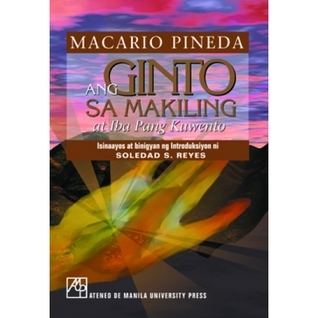What do you think?
Rate this book


374 pages, Unknown Binding
First published January 1, 1947
They are people who, because of their constancy and steadfastness, became victims. There were those that life took advantage of, like a tenant, working on the land for fifty years, but because he lost his leg, in an accident, he also lost his job and was in danger of starving and facing imminent death. There is a servant from a town, mauled by his master, because of some baseless accusation. There is someone named Crispin, who was accused of stealing money and severely beaten up in a convent during the Spanish period. His mother is also there ... There is a man with a magnificent physique, respected by all. He has a huge scar on his forehead and it is said that his body bore wounds inflicted by a spear.
The whole village was quiet. The windows were shut in the early evening. No one walked about. All the lights in the houses were turned off. Even the dogs seemed not inclined to bark, and the owners immediately restrained the occasional growl. The owl roosting on Tandang Isko's bamboo tree was the only creature left to make a vigil, but its repeated hooting, echoing in the forsaken night, merely heightened the desolation that cloaked the town. In a manner of speaking, it could be said that the whole village of San Juan, in the grip of fear, hardly dared to breathe.